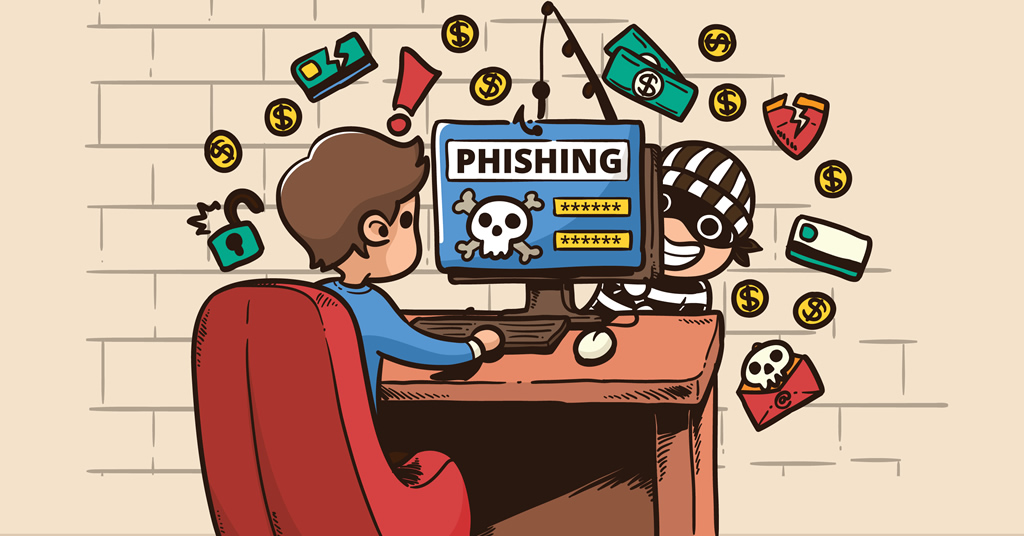A lot of businesses need to come to terms with the fact that their employees are their greatest IT threat. As a business owner, you may be aware of cyberthreats to your business, but your employees might not be. They might not know about the threat of cyber-attacks or malware. They might use unsecured WiFi on company equipment. As a result, your employees may be putting your business at serious risk.
What can you do to change that?
continue reading
How do you handle network issues? If you’re like most small businesses, you wait until something breaks or goes wrong before getting an IT services company on the phone. At a glance, it makes sense. Why pay to fix something if it isn’t broken?
Sadly, this way of thinking can do more harm than good, and it has taken many businesses out of commission.
When you get right down to it, there are two primary ways to handle network security:
- By being reactive
- By being proactive
One of these costs significantly more than the other and can destroy a business. You can probably guess which one we’re talking about.
continue reading
Many cybercriminals look at small businesses like blank checks. More often than not, small businesses just don’t put money into their cyber security, and hackers and cybercriminals love those odds. They can target small businesses at random, and they are all but guaranteed to find a business that has no IT security – or the business does have some security but it isn’t set up correctly.
At the same time, cybercriminals send e-mails to businesses (and all the employees) with links to phishing websites (websites designed to look like familiar and legitimate websites) or links to malware. They hope employees will click on the links and give the criminals the information they want. All it takes is ONE employee to make the click.
continue reading
Cyberthreats are everywhere these days. Hackers, scammers and cybercriminals are working overtime to break into your network – and the network of just about every business out there. They have a huge arsenal of tools at their disposal, from automated bots to malicious advertising networks, to make it possible.
But there is one “tool” that you may be putting directly into their hands: your employees. Specifically, your employees’ lack of IT security training.
While most of us expect hackers to attack from the outside using malware or brute-force attacks (hacking, in a more traditional sense), the truth is that most hackers love it when they can get others to do their work for them.
In other words, if they can fool your employees into clicking on a link in an e-mail or downloading unapproved software onto a company device, all the hackers have to do is sit back while your employees wreak havoc. The worst part is that your employees may not even realize that their actions are compromising your network. And that’s a problem.
continue reading
How much do you rely on your IT services provider? It’s startling to think that a lot of small businesses outsource their IT (which is a good thing), only to get little to nothing out of that relationship.
Why is that?
Well, some businesses just aren’t proactive. They only rely on their IT services company when something goes horribly wrong. If there’s a network failure or their website gets hacked, they’ll make the call to their IT people, but that’s the extent of the relationship.
On the other side of the same coin, there are a lot of IT companies that wait around for that phone call. They don’t work with their clients as closely as they should. Both of these reasons are downright irresponsible.
First and foremost, business owners should work closely with their IT pros. They should have the staff and resources to not only address your IT emergencies but also to keep your business safe and secure to minimize those emergencies. Here are four things you should ask of your IT services provider.
continue reading
Five years ago, you might have had state-of-the-art security protecting your business and network. You had the latest malware protection, highly rated firewalls and a great data backup plan. Maybe you even had a handbook on how to address cyberthreats. You were set. But then you forgot to do one crucial thing: you didn’t stay up-to-date with your IT security policy.
This is a trap countless businesses fall into. They invest in great cyber security once. Five years ago, this was fantastic. The problem is that cyberthreats are constantly evolving. Methods used by hackers and cybercriminals have come a long way in the past five years. Criminals stay on top of what’s going on in the IT security industry. They are always looking for new ways to steal your data and make a quick buck at your expense.
What can you do to stay up-to-date in an ever-changing digital world? Here are three things every business must do to protect itself.
continue reading





